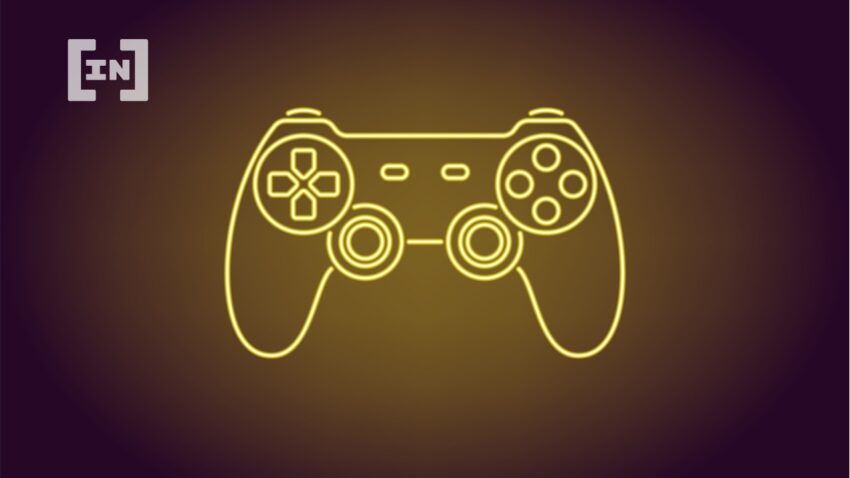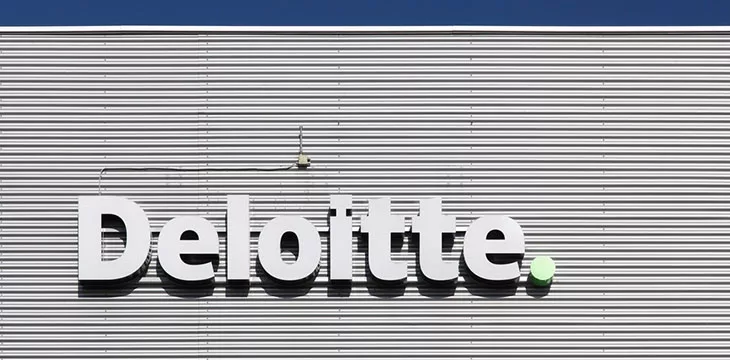Do we really need Blockchain for Web3 Gaming?

Play-to-Earn: Should today’s serious game studios build with Web3 technology? The future of Web3 gaming lies in Web2 technology, says Corey Wilton, CEO of Mirai Labs.
It may sound like an odd question, especially from someone who has devoted so much effort to building in the Play-to-Earn (P2E) space. But if we Web3 builders want to make the best possible P2E games, we need to use the best possible resources at hand. And frankly, many of these resources lie in Web2 gaming technology.
Therefore, to create the best gaming experiences for users, Web3 game builders must build everything possible with Web2 technology, integrating blockchain only when necessary. This is how.
Play to Earn: When Do We Really Need Blockchain?
When it comes down to it, the technology used to build blockchain-based games is at least ten years behind traditional gaming technology. Those of us who build and play in the P2E ecosystem have decided to make this trade-off in the name of decentralized ownership.
But is it really worth it for Web3 games to have such outdated mechanics in exchange for blockchain-based solutions?
It is not. In fact, many practical things – payments, onboarding and other game elements – are much smoother without blockchain. Still, there are some situations when blockchain is the right tool for the job. So where exactly is blockchain technology the best solution?
Which came first: the problem or the solution?
Many developers and analysts have pointed out that blockchain could potentially add a layer of interoperability to in-game items and currencies. It can allow them to be ported from one game to another. However, the infrastructure to support this kind of interoperability between games will not exist for some time to come. This is also when it comes to games made by the same studio. So while interoperability is possible, it’s not practical—at least not anytime soon.
However, the only thing that blockchain can be effective for today is ownership. Because blockchains are both decentralized and immutable, they can be used to create secure records of ownership for any item, currency, or other type of in-game asset, including user data.
But it is important to note that in-game ownership is also possible without blockchain, and that in many cases end users may not know or care about the difference between on-chain and off-chain ownership. In these cases, in-game ownership is not an issue that needs to be resolved. Therefore, the use of blockchain for certain types of ownership cannot really be called a solution – in fact, it may even be an obstacle.
Despite this, more and more of these “solutions” are being created all the time, for ownership and beyond. And when the market is frothy, thousands of companies start building more and more of them, producing “problems” that their products can solve.
Ultimately, this leads to an abundance of services that will become obsolete in the long term. And because these are only temporary solutions to ongoing problems, it’s not a good idea to build with them today.

Play to Earn: Optimizing Blockchain
So P2E’s blockchain problem is twofold: blockchain is often overused, and when it is to be used, the solutions that may be easiest to use in the short term will not last into the future.
That’s why P2E game builders should use Web2 technology as much as they can today – to build advanced games that are only augmented with robust blockchain applications when and where needed.
When blockchain is truly the best solution, Web3 builders must focus on systems that are built to last for the long term. These are Layer 1 (L1) blockchains and Layer 2 (L2) solutions that have strong ecosystems and core development teams.
The fact is that while these L1s and L2s are not currently capable of supporting the same types of complex game ecosystems as today’s Web2 games, it is likely that they will be one day.
Many L1 and L2 builders are working toward a world where blockchains will work like Amazon Web Services does today—a strong, flexible underlying fabric that can support an unlimited number of applications. And when that day comes, the Web2 technology that supports strong P2E games will easily transfer to Web3.
Link assets outside the chain with marketplaces in the chain
When we look at the P2E ecosystem, 99% of the companies building things in today’s market won’t exist in two years. Who will last? It’s going to be the studios that focus their resources on making games with proven design mechanics. These games encourage in-app consumption and produce long-term sustainable income.
For now, these games may well exist completely off-chain with only tangential relationships to blockchains. For example, assets from an off-chain game may be “exportable” to an on-chain state, where they can be traded on external marketplaces. When users are done with on-chain services, they can “import” their assets back into the game.
The future of Web3 gaming is, at least for now, in Web2. While many Web3 games have come and gone like flashes in the pan, many more Web2 game ecosystems and communities have flourished for years. After all, many Web2 games are far more technically advanced, user-friendly, and fun than their Web3 counterparts.
So if we want to create P2E gaming ecosystems that attract more users and builders, and continue to flourish in the future, we need to take a leaf from the Web2 playbook. Play on.
About the author

Corey Wilton is the CEO of Mirai Labs, the game studio behind the P2E game Pegaxy.io.
Do you have something to say about play-to-earn (P2E) or something else? Write to us or join the discussion in our Telegram channel. You can also catch us on Tik Tok, Facebook or Twitter.
Disclaimer
All information on our website is published in good faith and for general information purposes only. Any action the reader takes on the information contained on our website is strictly at their own risk.

























